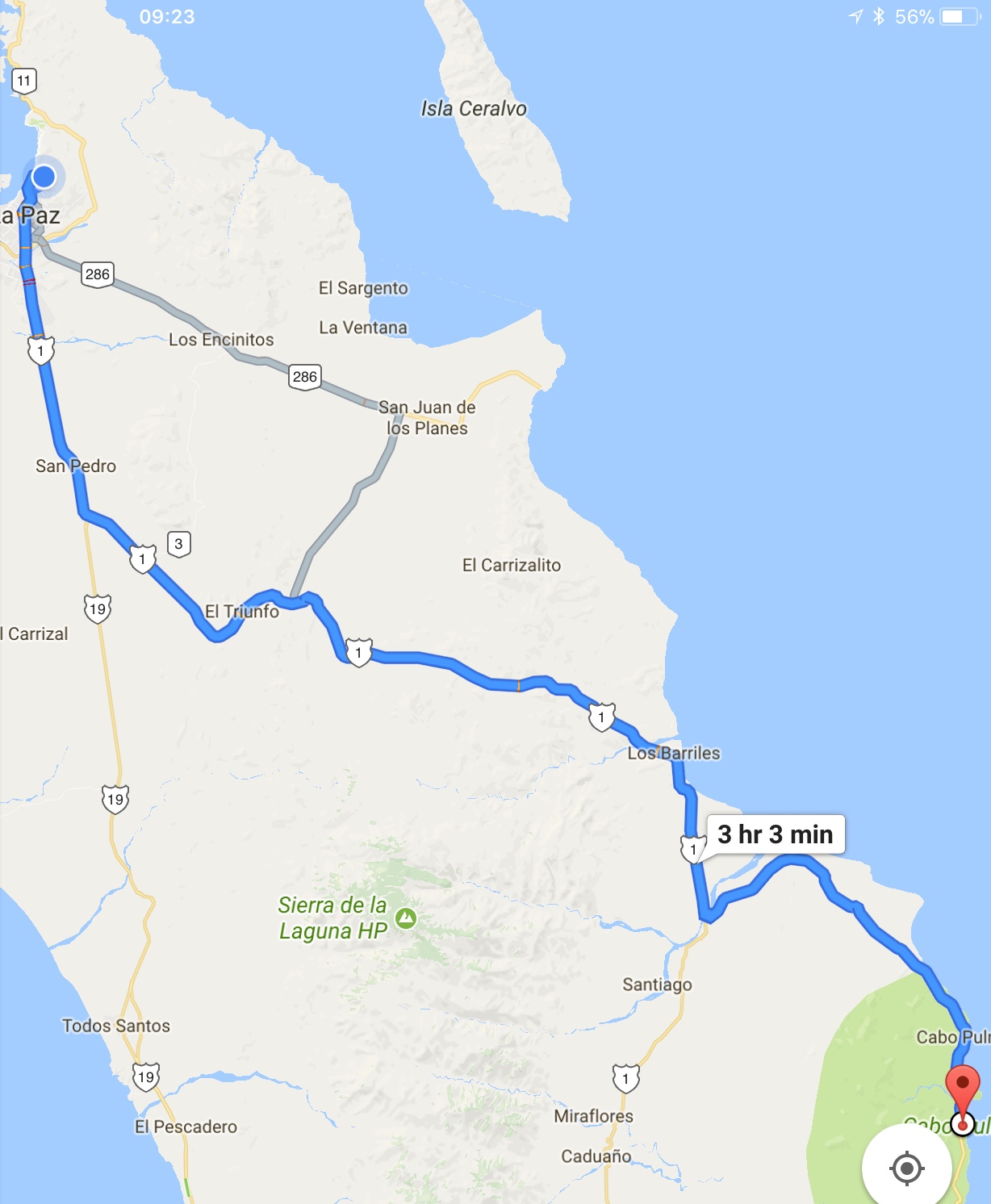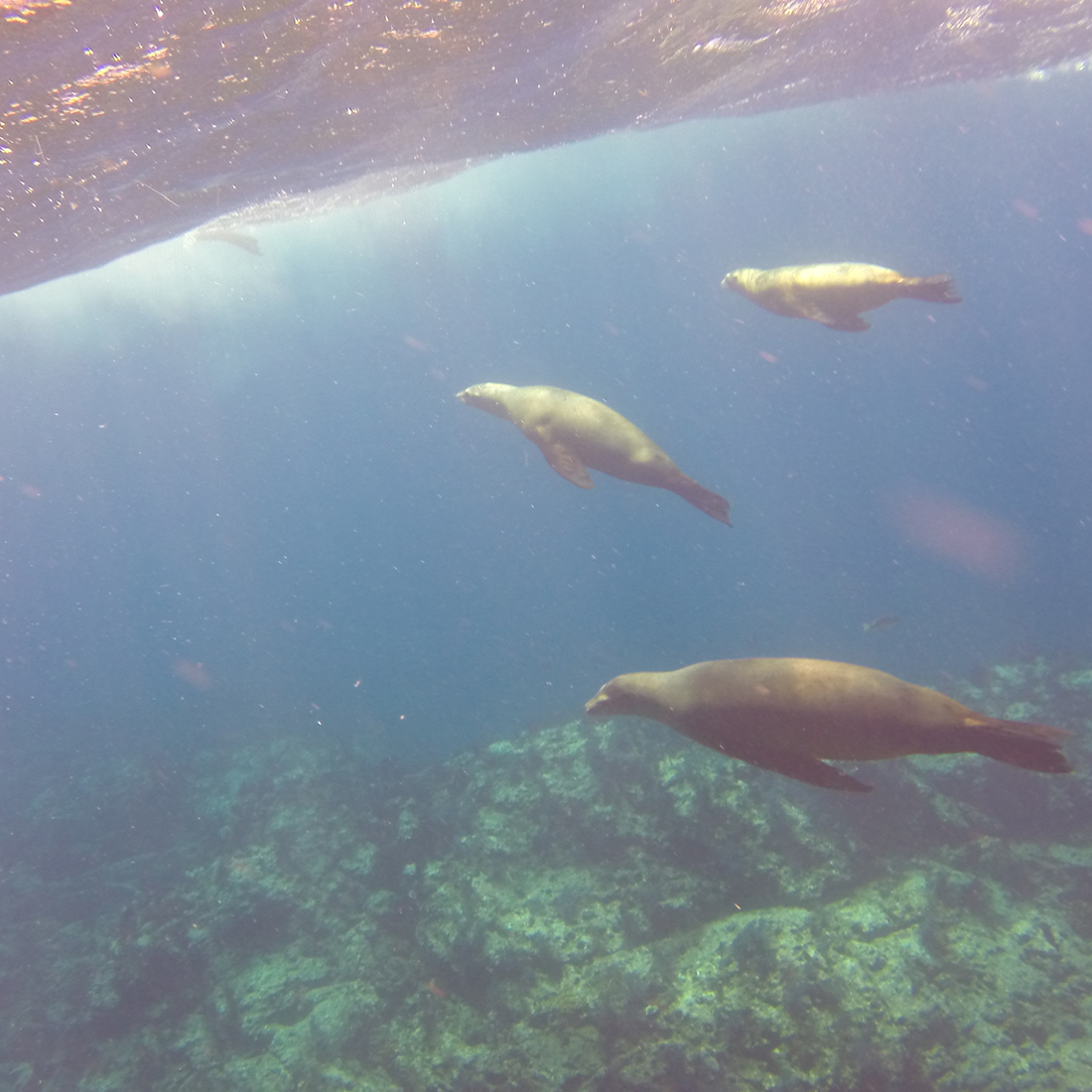
Following the thrill of swimming with a whale shark, we were pretty pumped about scuba diving in La Paz. After talking to the very pleasant Cécile at the front desk, we booked with Phocéa Mexico, a large (three shops in Mexico), well staffed and well equipped shop, that had been recommended by another diver (gotta love diver word of mouth). No mental alarms going off here. Yes I left a sticker.
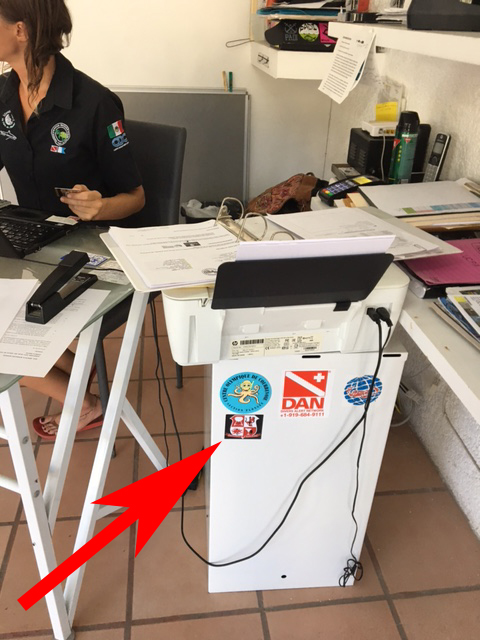
Our original plan was do dive around Isla Espiritu Santo, where there’s a very large sea lion colony, and so sightings, and interactions (sea lions are curious) are guaranteed. Unfortunately for us, the only day we were available to dive in La Paz, Phocéa weren’t going there, they were headed to La Reina instead. That’s certainly a downside to larger operations, there’s a lot less flexibility when it comes to these things. There was another downside as well, the site was at least two hours away, maybe more depending on the conditions. Not ideal since we needed to leave that same afternoon for Cabo Pulmo, about a three-hour journey, and it was very strongly recommended that we get there before the sun went down. Something about coyotes.
However, as we had basically lost a whole day in Mexico City, it did not seem like we had much of a choice, plus we were super antsy to get on with the diving. If all went well, we would be back around 1600, which if we were quick about it, no lollygagging at the dive shop or having a beers, would allow us to make the three-hour trip to Cabo Pulmo and arrive as the sun was just about setting. The math was barely working out, but I’m an optimist.
The ride out to La Reina was punishing, and it started inauspiciously as the boat had to turn around (after maybe 20 minutes) because someone had forgotten their fins… I was less than impressed. I kept on calculating possible arrival times and it felt not unlike crossing Panama last year, too close for comfort. The waves were pretty choppy as we left the harbour and started picking up speed, but once we rounded the cape, it became down right dangerous to stand up. I pitied the people that had to go to the loo. Also I’ve just realized I may not have situated the whole story properly…
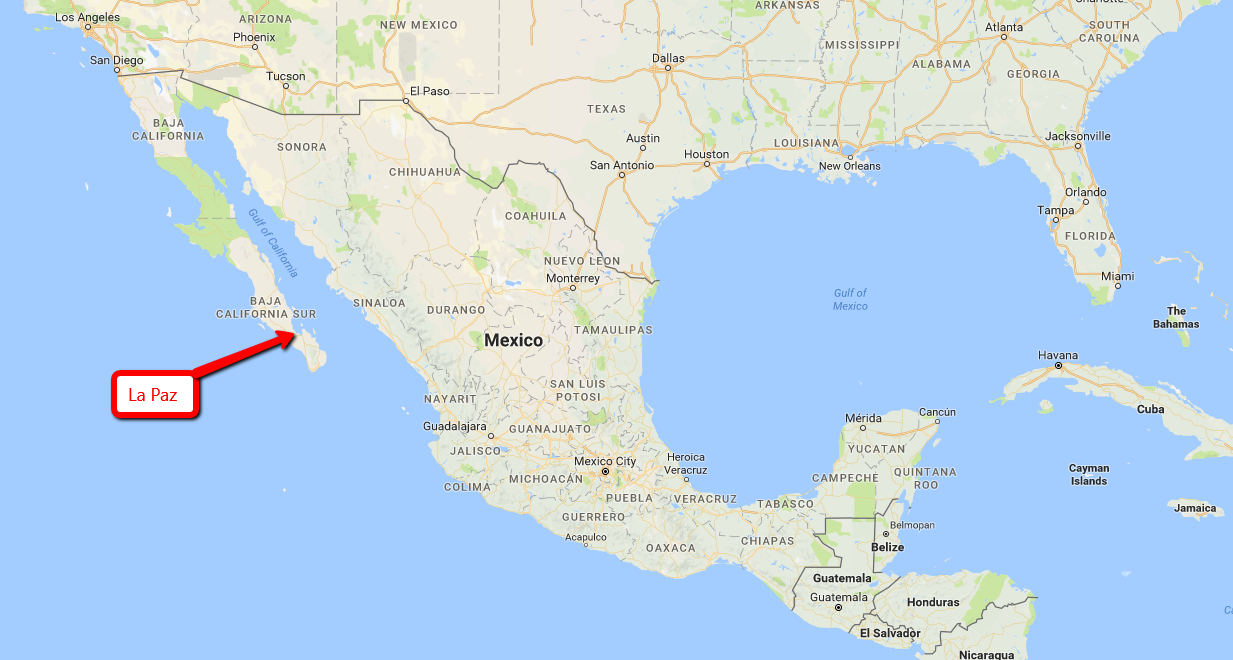
La Reina is a very small rocky outcrop in what feels like the middle of the ocean, and there was a a group of maybe 15-20 sea lions sunning themselves on it when we arrived, after over two hours of butt busting bouncing. I was looking forward to being in the water so that the swelling of my ass could go down a little.
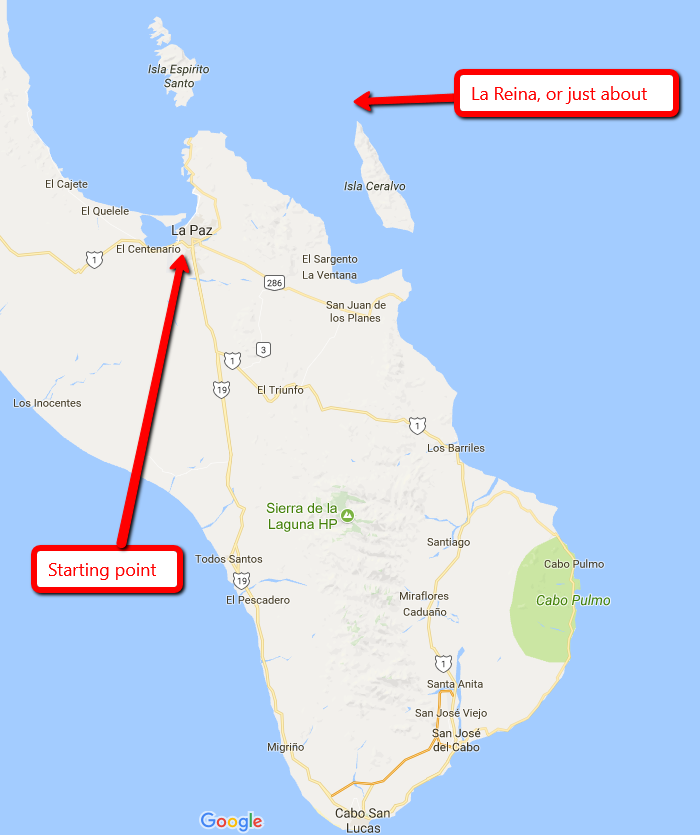
We went down quickly to about 69 feet, almost on top of a “real wreck”, meaning not an intentionally sunk ship, named “the unknown wreck”, because, you guessed it, nothing is known about it. The wreck appears fairly old, as there isn’t much of it left, except for the stern and the engines, weird that the hull was mostly gone. The ship clearly broke apart at some point. I wondered if it was during the sinking or later because of a storm or something.

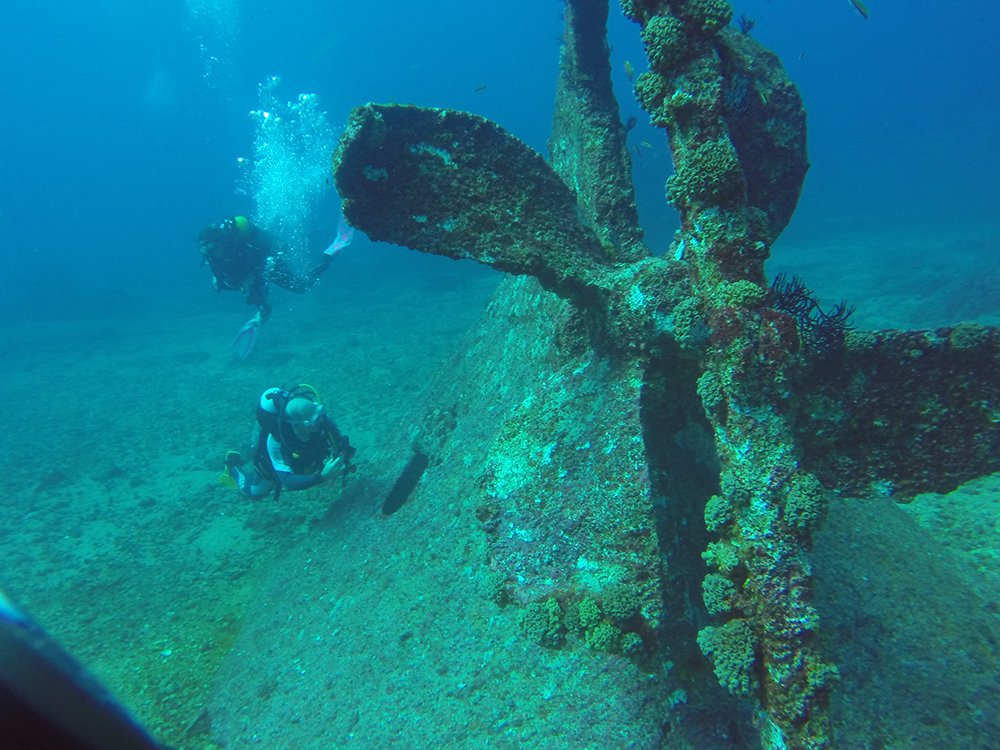
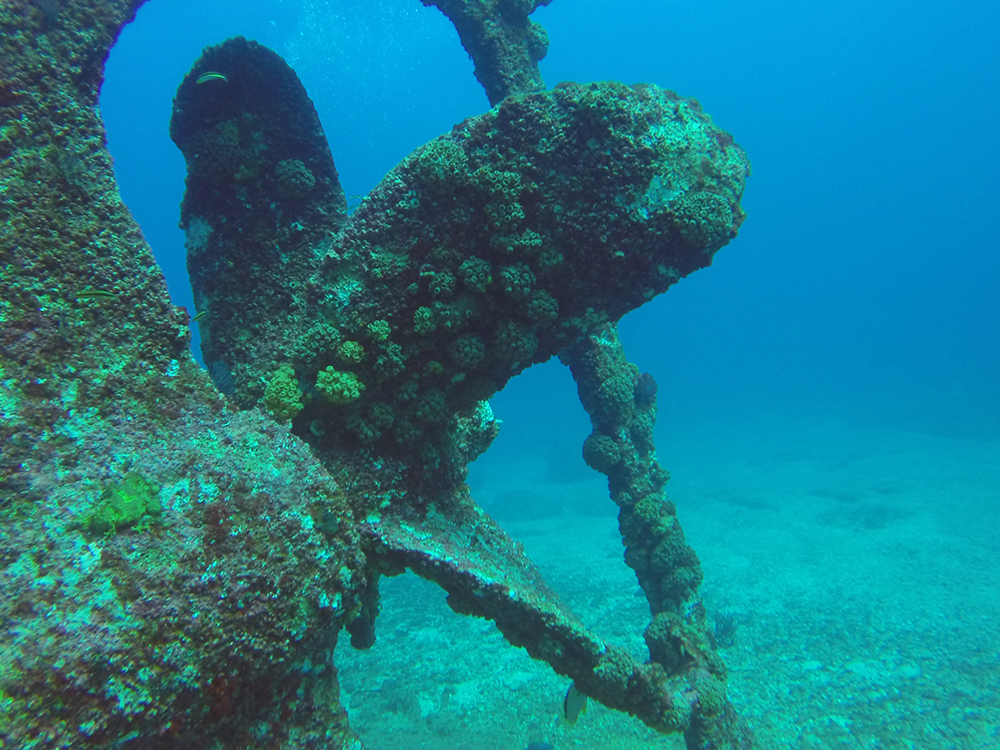
it’s hard to look and the upturned hull of a ship and not think of the people on it (or close to it in a life boat?) as it was going down.
As you can tell from the bottom, this isn’t coral city, but there are still cool critters to ferret out, like eels and puffers.

The real prize however, and a first for us, were the sea lions. It made the boat trip well worth it.
After 56 minutes it was time to go back up for our surface interval and some lunch. The trip included a very decent lunch of ceviche and sandwiches, as yummy as it sounds, in rough seas you may want to go easy on food. The sea sickness on board started pretty much right after the first bites. Not soon enough for some, it was time to go back down into the canyon area of La Reina, where we met even more seals (and some pretty cool topography).
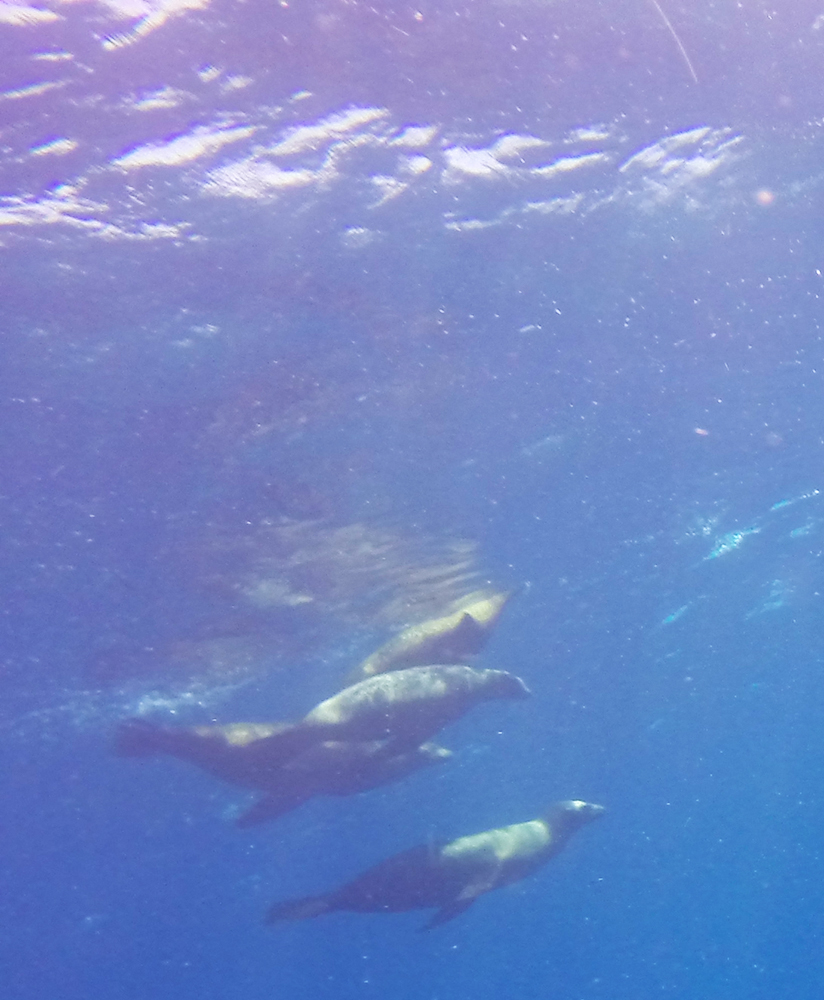
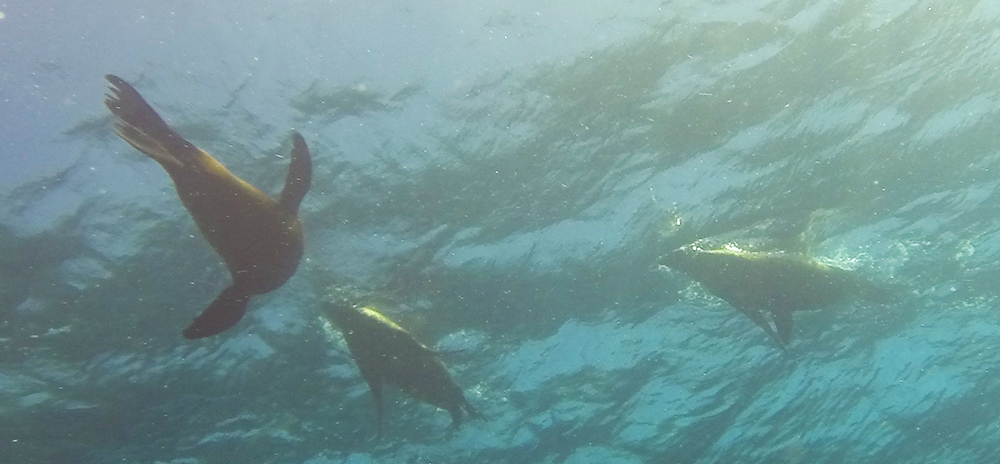

The second dive lasted 59 minutes, with a maximum depth of 56 feet and average visibility. Water temperature was comfortable, though we did go through a thermocline, still in October, my 5.5 mm wet suit was a little bit of overkill.
The ride back, at least until we rounded back the cape again, was extraordinarily bumpy. Several people spent time with there head hanging off the side, feeding the fishes. The wind was chilling and the prow was no protection against the spray from the heavy waves. The vistas were wonderful however, and just as I felt that the discomfort and stress (from the tight schedule) were nothing compared to the incredible adventure/privilege that scuba offered, a large pod of dolphins surfaced along side of us. Insert music from a choir of angels. I mean probably a hundred dolphins, maybe more, Including young calves staying close to their parents. The captain started zigzagging and the dolphins were either playing or surfing in our wake and the waves close to the boat. Unbelievable.
As we got into port and out of the boat, we barely took the time to get our logbooks stamped before jumping into the car. We were all still rather humid and salty as we hit the road. It wouldn’t be long before it started smelling like shrimp, not the healthy clean kind either.
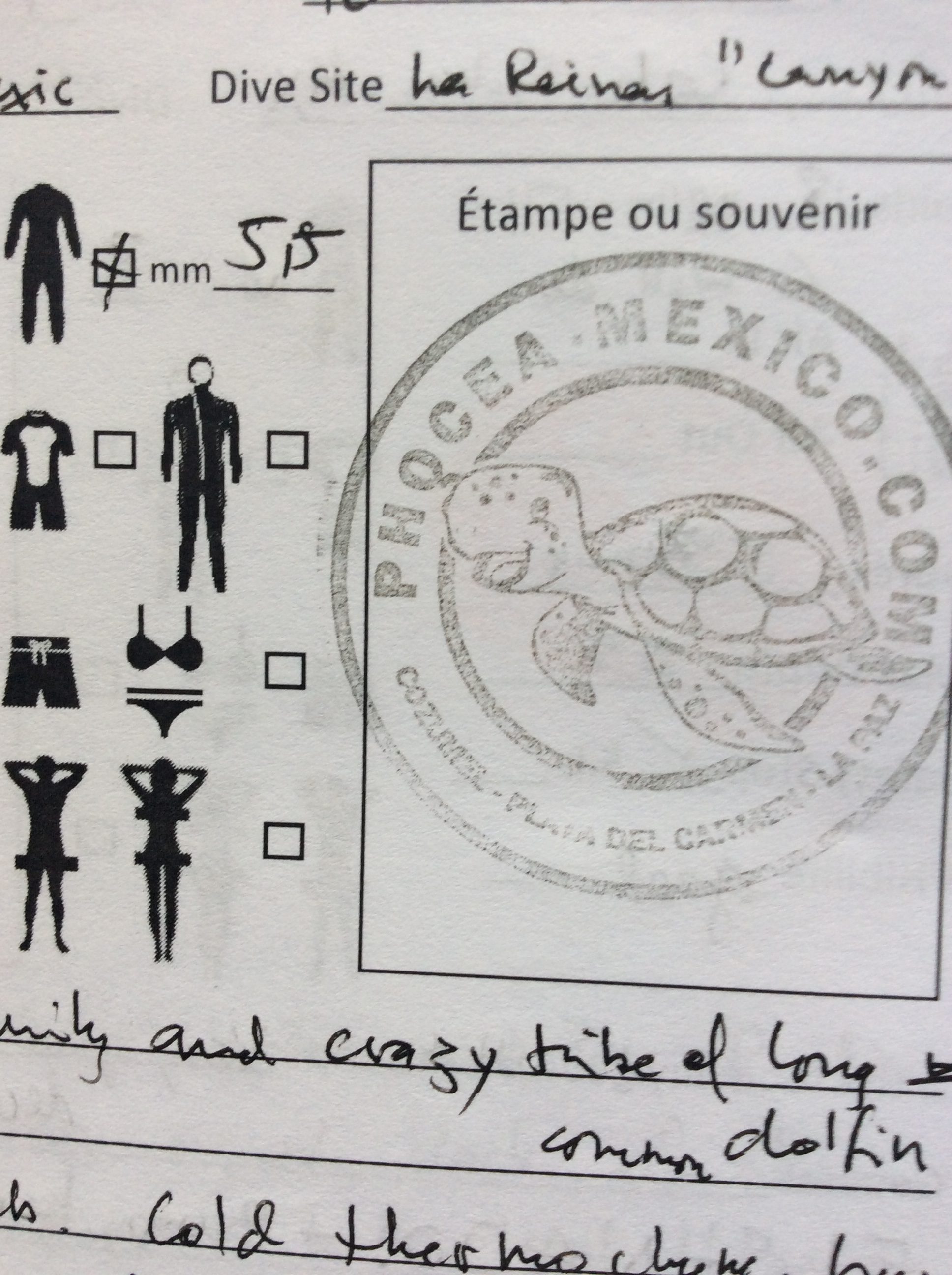
There were many clicks ahead of us (in relatives terms, 300 km isn’t much per se, but it depends on the road), and I knew these were not going to be on four-lane highways. I had a feeling Saint Christopher was going to be busy, I wasn’t wrong.
